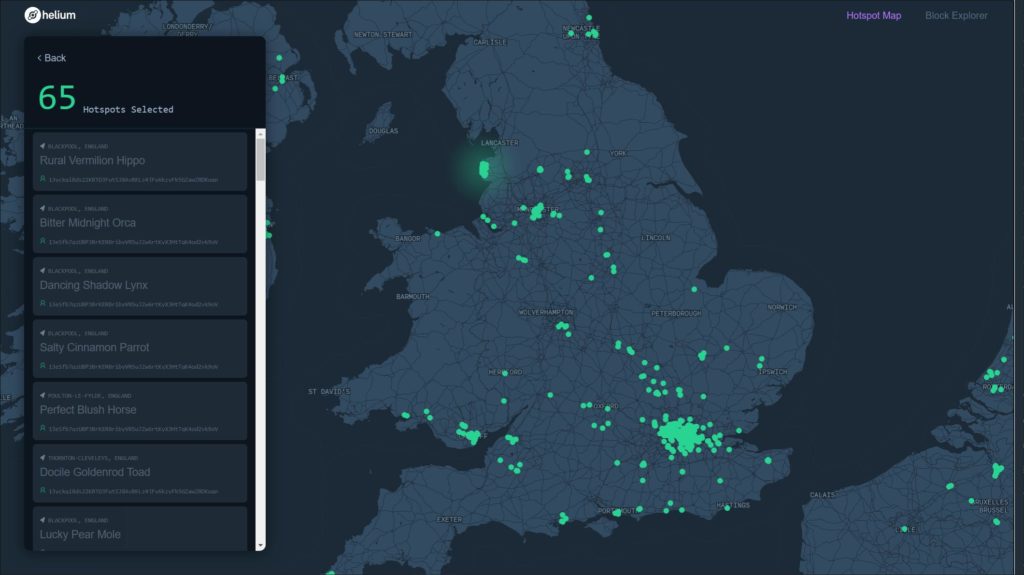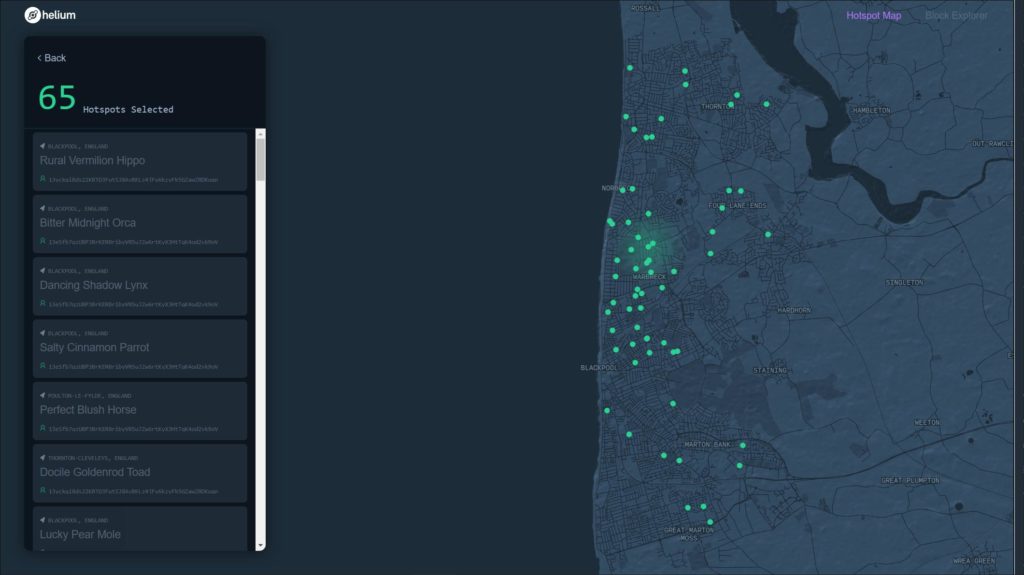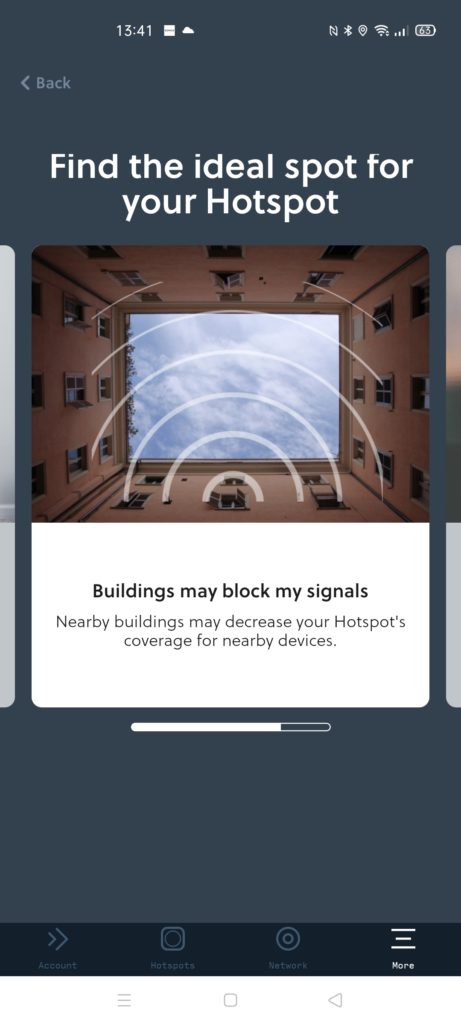Helium Hotspot Review October Update
My review of the Helium Hotspot was posted at the end of August, which was the very start of the UK and EU rollout.
At the time, there were just 10-hotspots nationwide, which upon reflection did not paint the best picture for the Helium Hotspot.
As of the 17th of October 2020, the network has expanded to 10,213 hotpots so a 38% growth in the 6-ish weeks this review has been alive.
UK coverage has increased by orders of magnitude. Where there was 10 nationwide, there is now 20 all within a few miles of me. I am quite surprised at how many people have bought one, I thought it would be far more niche than this, especially in my home town of Blackpool one of the most impoverished places in the UK.
While the number of users has increased exponentially, and there are hotspots in my area, the profitability of my unit still remains in doubt with me earning just 0.516 HNT yesterday, and this seems to be the consistent number I make.
The value of HNT has declined by 24.8% in the past 30 days so my income yesterday would have totalled £0.48. The hotspot is located close to my window, though not actually on the window anymore due to leaks in my roof. There should be at least one hotspot within range, if not 4 or 5.
So my overall opinion of the Helium remains the same. I like the technology, it is good to be involved in the rollout out of something so new from a hobbyist perspective. The impressive growth within the UK gives me hope in the success of LongFi in the long term.
With the viability of LongFi becoming more realistic, it is likely we will see more clients use it, which in turn should help improve the profitability of the hotspots.
The commenter at the bottom of this post is a lot more optimistic about the profitability of Helium than I am, I don’t think he is wrong either, it’s just we have a different opinion, and I am generally a sceptical person. Technically based on my current returns, I will generate around £180 worth of HNT per year. Based on 5W usage, it should cost £6.13 to run for a year.
Original Review Posted on 31st August 2020
I was completely unaware of the Helium Technologies and their hotspot until I was approached for this review.
It is an innovative new piece of technology that uses a long list of popular buzzwords to lure you in including blockchain, cryptocurrency, and IoT. I am surprised they don’t use AI and do something with 5G.
Looking at the website can make it a little difficult to understand what is going on, some of the content appears to be deliberately complex, appealing to a particular kind of audience.
Under the LongFi page they have a paragraph stating:
Helium LongFi combines the LoRaWAN wireless protocol with Helium blockchain so any LoRaWAN device can transfer data on the Helium Network.
You then click on LongFi to find out what it is and you get this explanation:
LongFi is where the Helium blockchain and the LoRaWAN radio protocol intersect. The uniqueness of LongFi versus a traditional LoRaWAN architecture is that we use the blockchain (sometimes called a decentralised ledger) to enable routing to many Network Servers.
For some clarity, LoRaWAN is Long Range Wide Area Network, and sometimes people refer to low-power wide-area network (LPWAN)
Some of the more user-friendly paragraphs explain that you can:
Provide wireless coverage for low power Internet of Things (IoT) devices and earn a new cryptocurrency, HNT, from your living room.
So what is the Helium Hotspot?
Dumbing this down, as much for myself as anyone else, the Helium Hotspot is a hub for a new low powered long-range Wi-Fi designed specifically for IoT devices such as trackers (which Helium happens to sell).
They are trying to grow a global network (powered by the people) of these hotspots giving them worldwide coverage. However, as they are not giving them away for free, or even cheap, they instead reward you for running a hotspot with their very own Helium (HNT) cryptocurrency.
How much does a Helium Hotspot cost?
So with that completely clear, you are then asked to hand over €450 for the hotspot, so a little over £400. That’s not exactly chump change, costing more than the most powerful Wi-Fi 6 routers on the market. So my immediate reaction was that this would end up being a bit of a scam.
Furthermore, you are potentially on the hook for adding a hotspot to the network, or if/when you want to relocate the hotspot. Though these fees are not currently implemented
Will I make money with Helium and their HNT cryptocurrency? What’s the ROI and is this a scam?
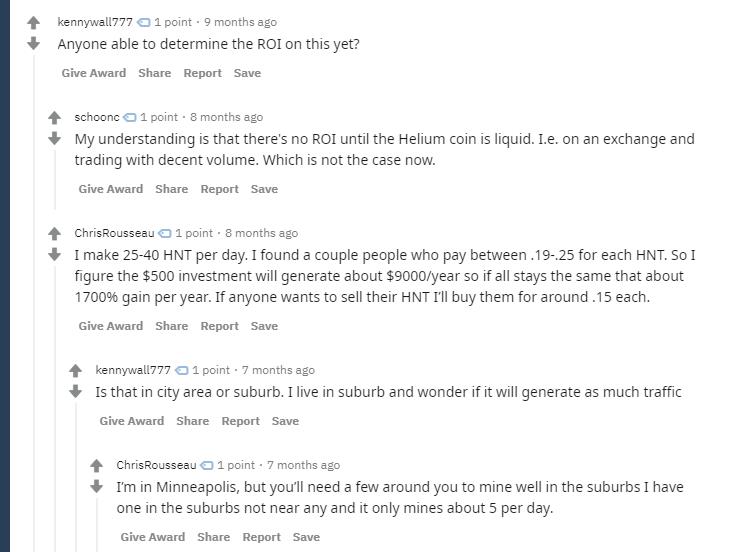
There are approximately 5,392 cryptocurrencies being traded with a market cap of $201bn. Bitcoin takes up around $128bn of that, then the next is Ehereum with $19.4b. So a bit over $50bn is spread out over something like 5390 different currencies.
Helium currently has a trading volume of £556,860.99.
So I was 100% sure that HNT would be a pointless and worthless cryptocurrency that you will never make any money off.
It turns out I was at least partly wrong. Plenty of Reddit users are reporting at least some sort of ROI, and HNT has grown in value over time. Back in July it was worth just £0.3 it is now worth £1.31, not exactly Bitcoin bubble levels but that is steady growth.
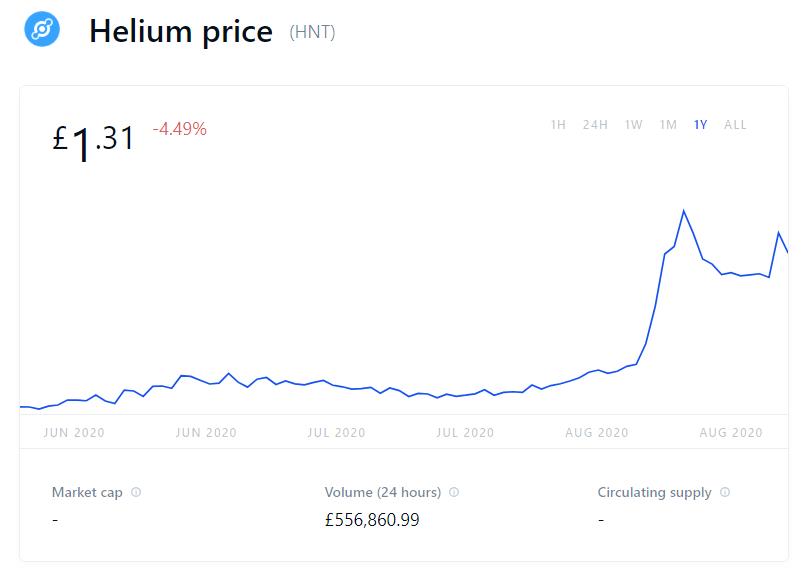
One Reddit user reported 8x his initial investment over the past 4-5 months (2 months ago).

Another claims he has 22 hotspots in Minnesota and they make between 7 HNT and 145 HNT per day depending on location making an average of 22 HNT per day. Based on today’s prices, that is £28.82 per day or £10,519 per year. 22 hotspots would cost £8800, so £1200 profit in the first year (in theory, and not including tax).

So how do I make money? How does Helium Work?
It is not just a case of buying a Helium Hotspot and watching the money pile up. Helium needs to build a network of these LongFi hubs with the aim as much coverage as possible. LongFi, as the name suggests, has a much wider range than Wi-Fi. Each hotspot can cover up to 10 square miles, so the more people who invest in hosting hotspots, the bigger the network becomes. So Helium rewards you with more HNT when in range of other hotspots.
While the profitability increases with the more hotspots within range, it will also decrease with over congestion.
So the people that make money tend to be in urban environments where there has been a moderate uptake of Helium hotspots.
For areas with poor coverage, you are shit out of luck, but of course, this may change, this may end up being incredibly successful and investing early will see the most gains.
Maximising your HNT earnings
We already know that more hotspots = more money. However, there is a balance to be had, the more hotspots there are on the network, the lower the payouts become. So ideally, you need to invest early but also in an area with a lot of hotspots. It is worth noting that this, therefore, means the US has had a massive lead over anyone in the UK or Europe.
Helium has further advice, including:
- Deploy Sensors as 30% of all HNT goes to Hotspots that route actual sensor data (such as the trackers Helium sells)
- Ensuring you aren’t the only hotspot in your area is the method most likely to increase your earnings. If you are in an area with three or more Hotspots you are likely to participate as a PoC Challengee and Witness more PoC challenges that are happening around you. These are the two highest HNT distributions for Proof of Coverage per epoch, so optimising around them has a high impact.
- Upgrading to a larger antenna will help in situations where you have other Hotspots nearby but either fail challenges that you participate in or do not witness challenges that they are participating in.
- Opening internet network ports helps in delivering PoC Challengee and Witness receipts to the PoC Challenger
Set-Up
Set up is easy, not much different than many other IoT devices. Beyond the basic initial set up there are a few things to take into account:
- When you initially set up the hotspot, you may get charged to add the hotspot to the network (after you already paid £400+). Currently, this fee is waived, but it may change in the future.
- Once you have placed your hotspot, if you decide to move it you will also incur a fee.
- With you wanting the best range possible, you want to locate this near a window and not tucked away, or behind metal mesh sheets.
In Use / Performacne
Once the Helium hotspot is set up there is not much to do with it, it just sits there and does its thing. You can log in to check your performance that’s about it.
My results were not good, about 0.5 HNT per day or £0.65 based on the current rates. All my rewards are through mining challenger rewards earning around 0.05 HNT ten times throughout the day.
My poor results are due to no hotspots or sensors in my area. My rewards do seem to be ramping up a little, but it is going to, but I am a long way off the 5+HNT others claim to get when not in range of another hotspot.
For people in areas with other hotspots, you can earn considerably more with various other mining rewards such as being a change which appears to offer 20 times the reward value as a challenger.
Helium has a map of available hotspots so when you are buying you can see how likely you are to earn some money from the network
Helium Hotspots – US vs UK & EU
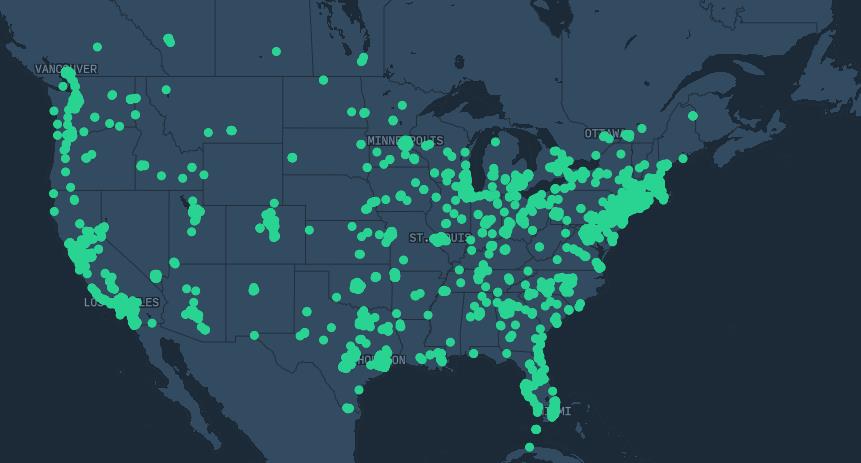

Currently, there are 7365 active on the network. If you live in a major city in the US, it looks like you have a moderate chance of earning money.
In the UK, things are a little different, I can literally count the Hotspots on the map, with 10 hotspots nationwide. In my case, the closes Hotspot is 60 miles away in Glossop, where there is a small cluster of 3.
Europe is even worse with 8 hotspots spread out between Portugal, France, Italy, Germany and Prague.
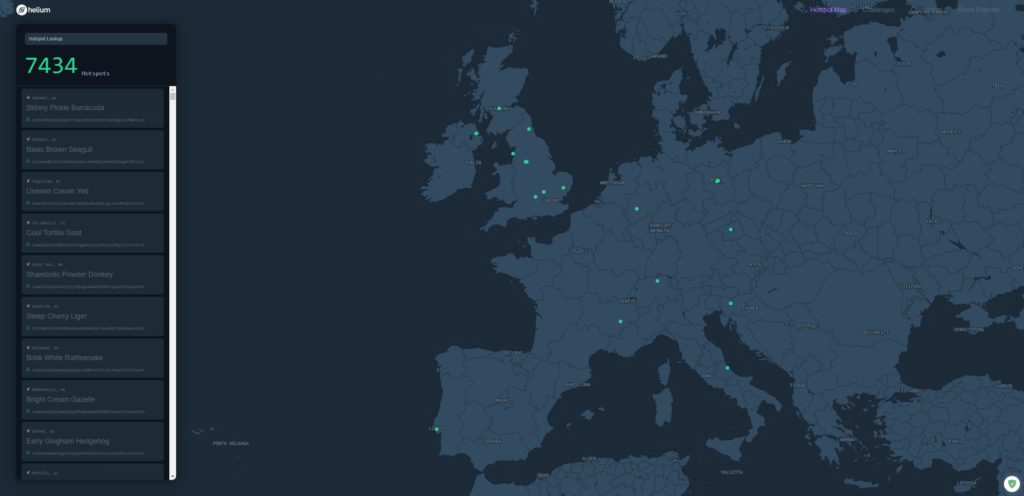
Overall
While it took me a little while to work to get my head around what Helium were trying to achieve and if this was a scam or not, in the end, I like the concept of it, it is an interesting piece of technology that I think any geek would be interested in.
Most of my reviews focus on value for money and how well a product compares with its counterparts to justify the asking price. That gets thrown out of the window with a device like this; there is no comparable product, and I wouldn’t particularly recommend buying this if you are looking for value for money. There is a reasonably good chance you will never earn your investment back, but this could be said about investing in any altcoin, or bitcoin, or just investments in general.
In my scenario, with no hotspots within 60-miles of me, it has not been profitable in the slightest, but Helium has only just launched in Europe and Blackpool is hardly the epicentre of technology in the UK.
However, there is potential to earn money, or at least some of your investment back and you are backing a brand new piece of technology. So I think for anyone enthusiastic about cryptocurrency, blockchain, IoT or just technology, in general, this is an exciting project to be part of.
[Original Post 31st August 2020]
Posted by Mighty Gadget Blog: UK Technology News and Reviews
